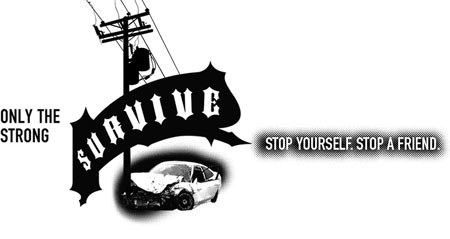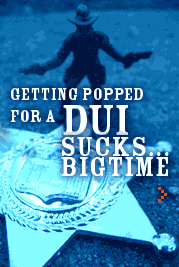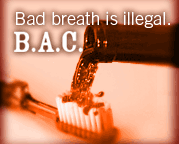
Teen Driving Crash and Fatality Stats
Don't be a statistic. Stop yourself. Stop a friend.
Read these scary facts.
What's the deal with teens and car crashes?
- Car crashes are the No. 1 killer of teens in the U.S. Believe it.
- Teens are four times more likely to die or be injured in a car crash than older people.
- In 2003, teens accounted for 10% of the U.S. population but were involved in 13% of car crash fatalities. Seem unfair? It is!
- Males are twice as likely as females to die or become injured in a car crash.
Why the bad rap for teens?
- The crash risk is high during the first year teens drive because they're newbies behind the wheel. Without years of driving practice, teens are more likely to mess up.
- Most teen crashes occur on the weekends, when teens are too busy having fun to pay attention to their driving.
- Teens tend to underestimate or not recognize dangerous situations.
- Teens are more likely to speed, run red lights, make illegal turns, ride with an intoxicated driver, and drive after using alcohol or drugs.
So, teens are already at high risk when they're sober behind the wheel. Driving under the influence (DUI) is just asking for more trouble. You could ruin your life, and the lives of your friends and family�or other families' lives.
Learn the hard facts. Don't be a statistic.
- Eight teens die every day in DUI crashes.
- At all levels of blood alcohol content (BAC), the risk of being in a car crash is greater for teens than for older drivers. Just because your dad had a beer and drove a couple of hours later doesn't mean you can. The effects are a lot stronger for teens than for adults because teens are still growing and developing.
- In 2005, 7420 teens died or injured in DUI crashes. Teen fatalities make up one-fifth of all alcohol-related crashes, though licensed teens make up only about 6% of the overall licensed population.
- Alcohol involvement in crashes peaks at night (9 p.m. to 6 a.m.) and is higher on weekends than on weekdays for teens. Males are almost twice as likely as females to drive under the influence.




